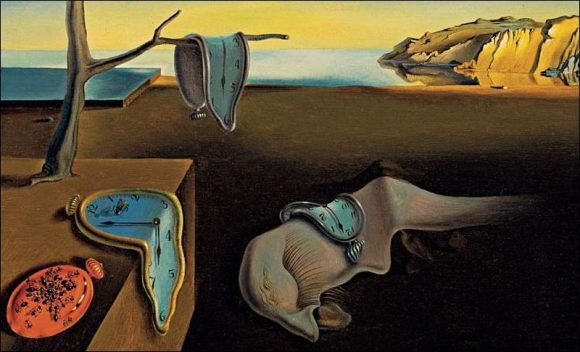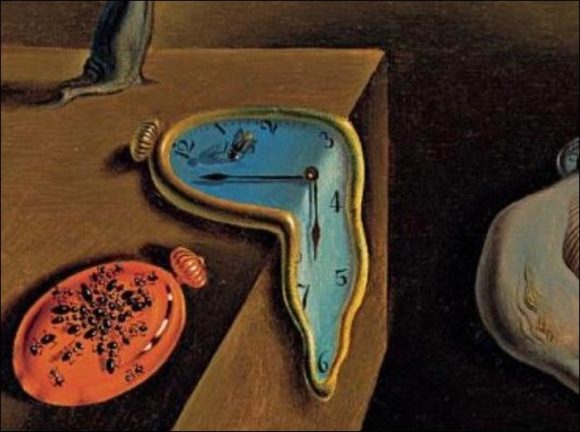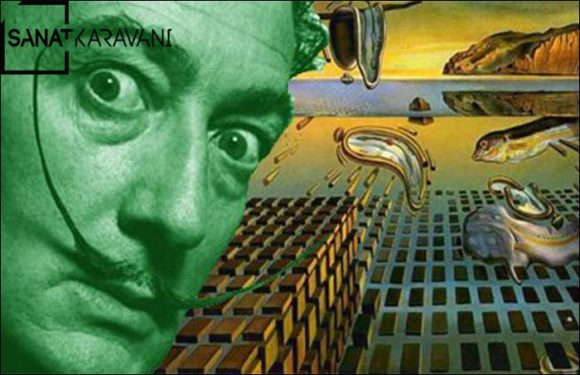The Persistence of Memory, also known as Melting Watches, is the most famous painting by the famous painter Salvador Dali. Considered as one of the universal symbols of modern art, the Perseverance of Memory emerges as a product of Salvador Dali’s extraordinary imagination. So, what does The Melting Clocks / The Persisteance of Memory want to tell us?
The Perseverance of Memory, also known as Melting Clocks, is the most famous work of surrealist painter Salvador Dali. The painting pictured in 1931 was exhibited in 1932. The Ambition of Memory, which is seen as one of the universal symbols of modern art and surrealism, hosts many important messages with its meaning and subject.
The painting, which is also shown as one of the determinant works of the surrealist painting movement, is thought to have emerged as a result of his influence on the dream and the unconscious, which Dali explained from Freud’s book “The Interpretation of Dreams”. Unfortunately, Salvador Dali did not explain exactly what this table was about. Therefore, this table appears with many different interpretations.
In one of the comments made, it is thought that Dali was influenced by the concepts of General Relativity and Relativity Theory that Einsten introduced in the 1930s. Note that surreal items and real items are intertwined in Dali’s work. This means that Dali was influenced by the Theory of Relativity and Relativity, which Einsten put forward. In this section, we see that Dali compared the subconscious and subconscious concepts by putting the surreal and real elements in his work.
According to the reports, Salvador Dali’s first started working on the view of Port Lligat port, which appears in the background in this painting. However, whatever Dali did, he could not complete the landscape painting. However, one day she notices that the cheese is melting from the heat and starts drawing melting clocks in front of the landscape painting based on the melted cheese. The melted cheeses affected Dali so much that he started to include similar hallucinations in his later works.
If we talked about all these details, let’s briefly touch upon the items in the Determination of Memory Table. There are clocks melting on the far left side of the table and an absurd object resembling a scattered surface in the middle. According to the comments made, it is thought that Dali describes himself with the scattered object in this part. However, it is not known exactly what this object means. In fact, if you carefully examine Dali’s paintings, you can easily see that they include such items. This is a typical feature of Dali’s paintings.
In the background, Port Lligat port in the Catalonia Region of Spain draws attention. Apart from this background in many paintings of Dali, another remarkable detail in the table of Melts appears as ants and flies on the left. In this section, while the fly symbolizes depletion over time, the tree that dries up symbolizes death.
In this painting, where the rocks behind the melting clocks symbolize the reality, the sea represents the endlessness, while the melting clocks describe the time as an abstract and relative concept. In this part, we can summarize the main idea that Dali conveyed to us with the phrase “time is more resilient than people think”.
Another Reading: Salvador Dali and the story of The Persistence of Memory.
Visits: 104





